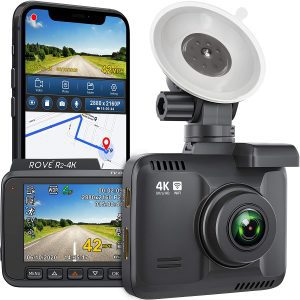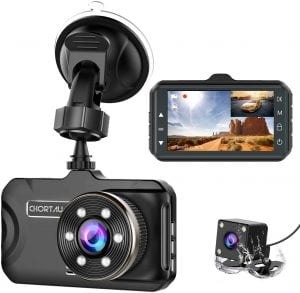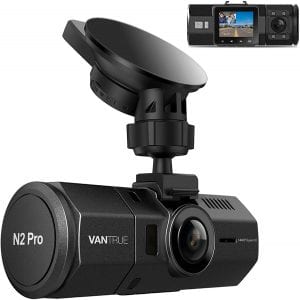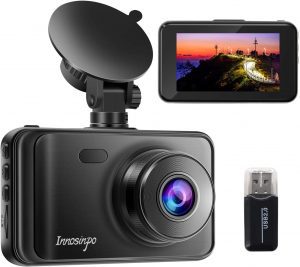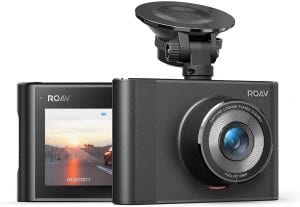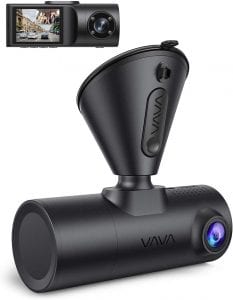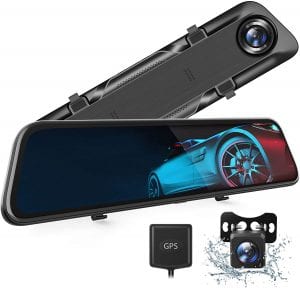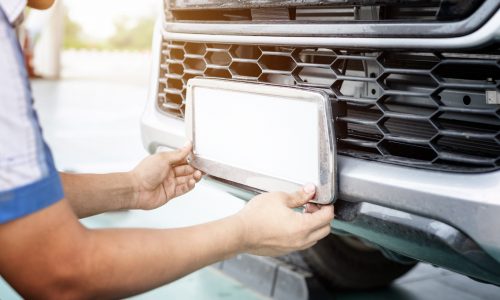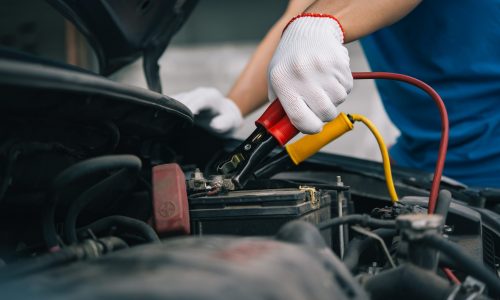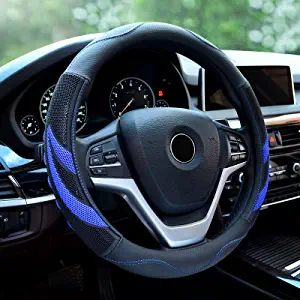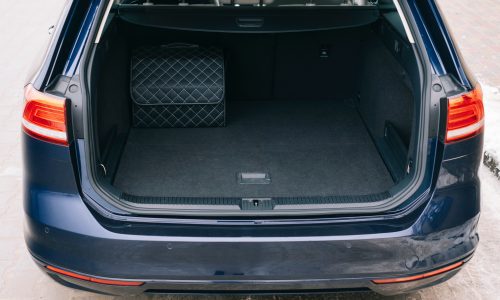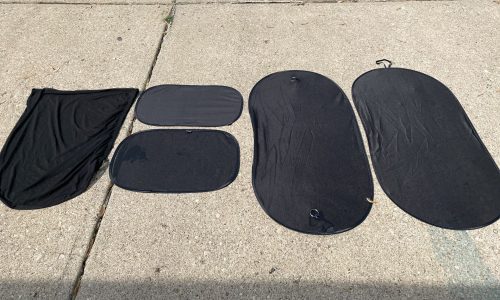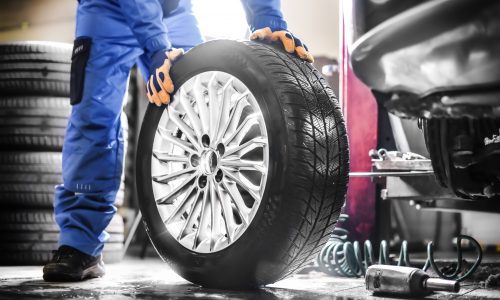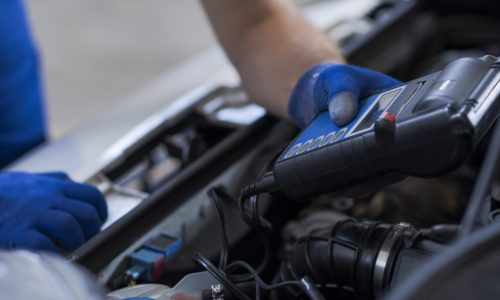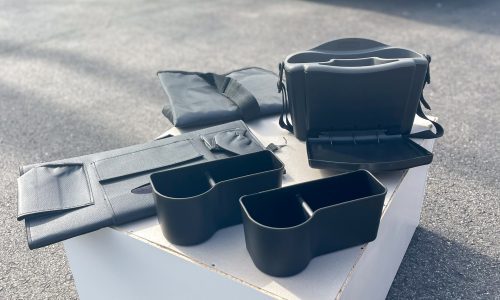The Best Car Camera
We looked at the top 7 Car Cameras and dug through the reviews from 8 of the most popular review sites including and more. The result is a ranking of the best Car Cameras.
Check out the best-selling automotive products on Amazon.com
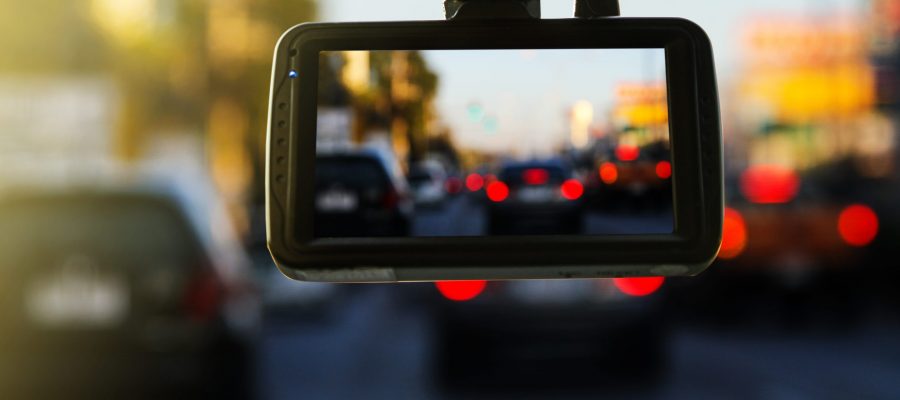
Our Review Process
Don't Waste Your Money is focused on helping you make the best purchasing decision. Our team of experts spends hundreds of hours analyzing, testing, and researching products so you don't have to. Learn more.
Our Picks For The Top Car Cameras
- 1. ROVE R2-4K Wi-Fi Car Dash Camera
- 2. CHORTAU 3-Inch 1080P Wide Angle Dashboard Car Camera
- 3. Vantrue N2 Pro 256GB Max Black Dashboard Car Camera
- 4. Innosinpo 1080P 3-Inch LCD Screen Dashboard Car Camera
- 5. Anker Roav A1 Wi-Fi Dashboard Car Camera
- 6. VAVA 2-Inch LCD Display Dual Dash Care Camera
- 7. VanTop H612T 12-Inch 4K Mirror Car Dash Camera
If you're searching for a powerful car camera that's also user-friendly, this model is an excellent choice. The camera's features are endless and include 4K Ultra HD, distortion correction, built-in Wi-Fi and motion detection. There's even night vision, which means you can continue using the camera when the sun goes down.
Effective OptionThis car camera comes with a built-in GPS.
If you're searching for a car camera with bells and whistles, this model with 1080p front camera is a good bet. It features dual recording, motion detection and a parking mode. There's also a built-in variable sensitivity sensor that saves and locks all video evidence when a crash is detected.
Compact and ReliableThis dual car camera covers all the bases with a wide-angle front camera and a 130-degree back camera to eliminate blind spots.
No only does this car camera capture the road in front of you, but it also records the cabin at the same time. Images are crisp and clear, even at night when the infrared night vision takes over. The camera also offers parking monitoring, effortless loop recording and an optional GPS function.
Versatile PickThis car camera uses a lithium battery, which is included with your purchase.
The large 3-inch LCD screen makes this car camera easy to use. Thanks to the 1080P full HD and 12MP resolution, you won't have to worry about your images being clear. The camera offers accident protection by automatically turning on when motion is detected and by adding both a license plate stamp and a time stamp to the footage.
Easy to MountThis car camera has a suction cup for easily mounting it to your windshield.
Buying Guide
There are several reasons someone might want to invest in a car camera. Often, these cameras are able to capture video evidence in the event of a crash or parking incident while providing better rearview vision. Other important features are added to some cameras, making them more functional and appealing.
If you’re in the market for a car camera, you’ll need to decide whether you simply want the unit to replace your rearview mirror or if you want it to have both front and rear view capabilities. There are even dual car cameras out there that provide a view of the car’s inner cabin. This is handy if you have small children in the back that you need to keep an eye on.
Look for a car camera that produces crystal-clear images at a distance. These cameras need to support at least 1080p video recording in order to be able to identify license plate numbers and street signs. Grainy videos and videos that skip aren’t worth it.
Check the car camera for infrared technology. This technology allows you to use the camera at night.
Consider opting for a car camera that comes with a GPS function. Uber, Lyft and taxi drivers will find this feature invaluable. When engaged, the GPS will record your speed and location data and display it on your dash cam.
Review the car camera’s features to make sure they meet your needs. A few common features include loop recording, emergency recording, time-lapse, 24-hour parking monitoring and even parking assist. There are also cameras with large LCD screens and 170-degree viewing angles.
Look for any extras that may set one car camera apart from another. For example, there are car cameras that connect to an app on your phone and allow you to share videos and images on social media, as well as cameras that respond to voice commands so you can use them hands-free.
Why we recommend these car cameras?
Products Considered
Products Analyzed
Expert Reviews Included
User Opinions Analyzed
Our experts reviewed the top 7 Car Cameras and also dug through the reviews from 8 of the most popular review sites including and more. The result is a ranking of the best of the best Car Cameras.
DWYM is your trusted roduct review source. Our team reviews thousands of product reviews from the trusted top experts and combines them into one easy-to-understand score. Learn more.
The Best Bang For Your Buck
Innosinpo 1080P 3-Inch LCD Screen Dashboard Car Camera
Key Takeawy
The large 3-inch LCD screen makes this car camera easy to use. Thanks to the 1080P full HD and 12MP resolution, you won't have to worry about your images being clear. The camera offers accident protection by automatically turning on when motion is detected and by adding both a license plate stamp and a time stamp to the footage.
What to Look For
- Review all of the parts included with your car camera to make sure you received everything you need to set it up. For example, if the unit comes with front and rear camera capabilities, you should have a dashcam, backup camera with screws and adhesive tape, a car charger, a cable for the rear camera, straps for installing the front camera and a user manual.
- Some car cameras come with a battery, but the battery is meant only for emergency recording. You’ll want to use the included car charger to power the camera.
- It’s important to keep your car camera clean in order to have the best view. When the camera becomes dirty, use water on a cloth or a non-abrasive cleaner to wipe down the unit. You can also use this to clean your car’s camera lenses.
- If your car camera is blurry and you’ve successfully cleaned it, the problem may be with the wiring. Check to see whether any of the wires are split or have become disconnected. Once you fix the wires, the cameras will begin working properly again.
- Check to see if an SD card is included, and if not, which model SD card the manufacturer recommends pairing with the car camera.
- Some car cameras allow you to set a beeping sound to go off any time the camera is turned on or off. That way you know it has been successfully engaged or disengaged.
- A number of features help determine the price of a car camera, including size. Compact models are typically budget-friendly. You’ll pay more for models that are loaded with extra features and equipped with high-definition resolution.
More to Explore
One of the main reasons individuals install car cameras is to collect evidence in the event of a car accident. Here are a few interesting facts about car crashes:
- The majority of car accidents occur within 5 miles of the driver’s residence.
- Individuals who talk on their cell phones while driving increase their chances of getting into an accident by 400%.
- Men are more likely to be involved in a collision than women.
- Sports cars and hatchbacks are involved in more accidents than other vehicle types.
- All 50 states have seatbelt laws to help protect drivers and passengers in the event of a car crash.

